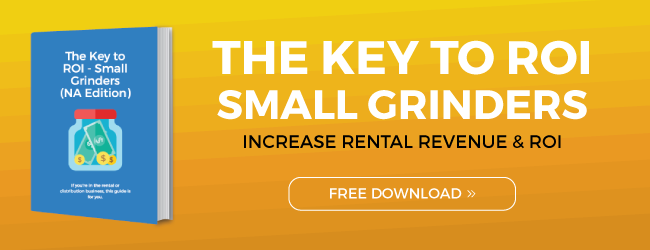When buying metal bond diamonds, one of the questions you need to answer is what bond do you need?
What is a bond?
Firstly, for people who have no idea what I am talking about, here is a description:
Bond is the metal (or resin) which holds the diamond segment together. The metal bond is an alloy containing different metals for different hardness' of the bond. The segment is designed to wear away always leaving a new layer of diamond.
The bond is chosen based on the hardness of your concrete. For example, a soft bond would be used on hard concrete because it would wear away quickly, exposing a new layer of diamond which would cut the floor.
Not sure how hard your floor is? If this is a commercial job or someone is paying you to do it, FIND OUT! Use a hammer or scratch test to see how hard the concrete is.
If you are doing your own garage for example and don’t have the ability to check, use medium. This is the safest option.
Below is an explanation of the three main bonds available on the market. Keep in mind that some companies offer a wider gradient of bonds, but the same logic/theory applies.
Hard bond
Hard bond is resistant to soft abrasive material such as asphalt, soft/green concrete, and rain damage concrete. It is also found on some adhesive/mastic removal projects. Hard bond diamonds can be effective because of the soft properties of the adhesive/mastic on the floor.
Medium bond
Medium bond is the most popular bond. It can be used on both hard and soft materials but will wear more quickly on soft materials and not cut as well on hard materials. It is effective on the widest variety of floors. A general rule of thumb is that if you (or your customer) are not sure the hardness of the floor and not able to test it, start with a medium bond diamond.
Soft bond
Soft bond is ideal for hard concrete as the soft metal wears away always exposing a layer of diamonds. If the metal bond is too hard, the diamond becomes trapped in the surface i.e. a hard bond on on hard burnished concrete - this is called glazing. If the metal bond is too soft it wears away too quickly i.e. a soft diamond on soft abrasive concrete such as new/green concrete.
Choosing the wrong bond can cost you lot’s of time and money. The best thing you can do is invest in a Mohs concrete hardness testing kit so that you can get a good idea of the hardness of your concrete and enable you to select the correct diamond bond.


 By
By 